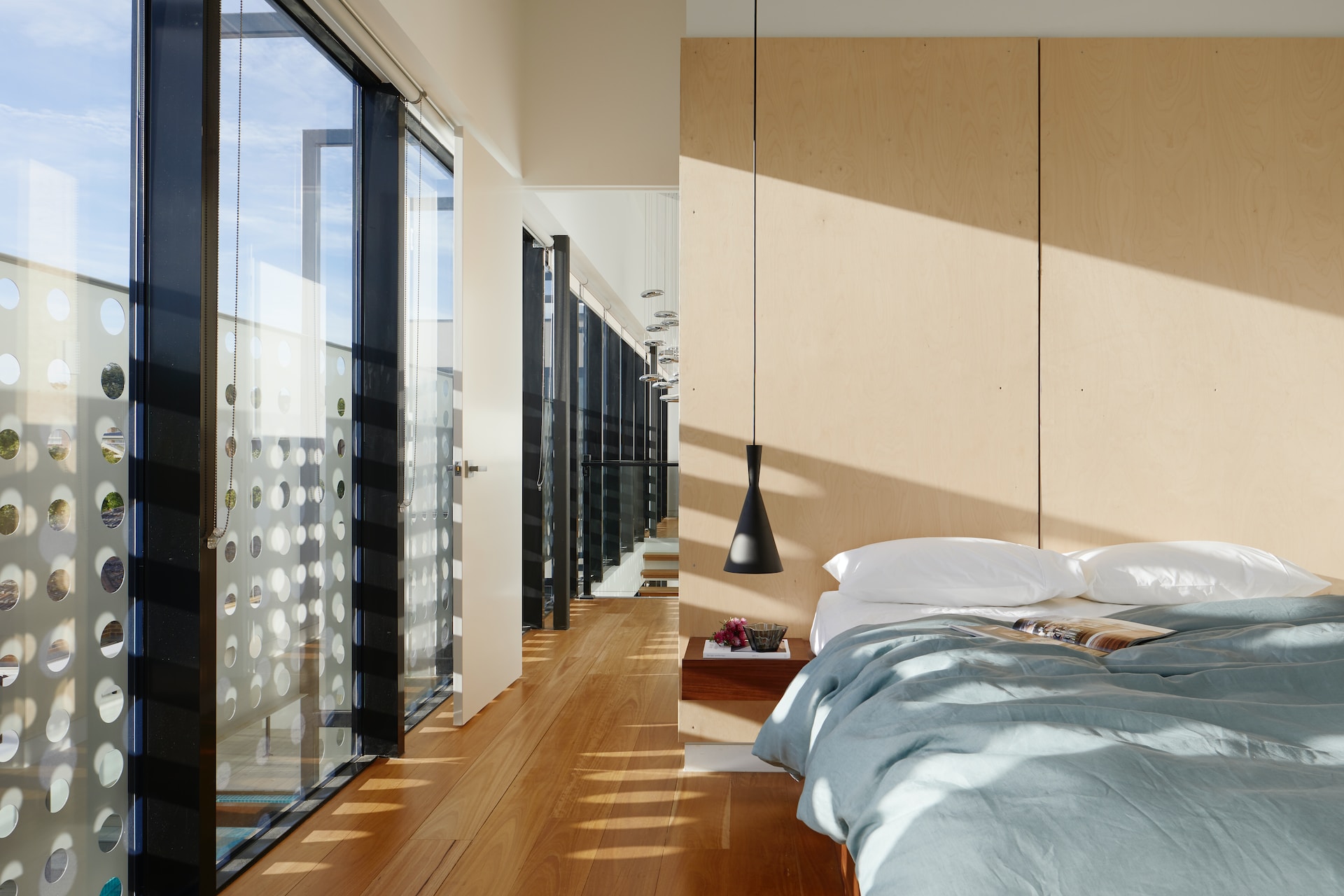How Australia’s property market is evolving
The Australian housing market has surprised analysts with its resilience in difficult economic conditions. Over the past few years, the Reserve Bank has revised the interest rate 12 times. As a result, it rose by 4% over 12 months. Experts were expecting a sharp fall in property prices (15-30%), but the overall change in value has been 4-9%, according to different companies.
According to the Forbes analysis, the situation on the Australian market at the beginning of 2023 was as follows:
– the most expensive property will be in Sydney. Here, the average price of apartments and houses is USD 1.27 million;
– in Canberra, the cost of a home was just over USD 1 million;
– Perth had the best yields, averaging 5-6%;
– in Sydney, rental yields are below 3% for houses and 4% for apartments.
At the beginning of last year, pundits were talking about falling prices, but their predictions failed to materialise. Already in May, the index reflecting the dynamics of residential property costs rose by 1.2%. The following month, the increase was 0.7%. Such changes pointed to a recovery in the housing sector.

Australia’s property supply and demand
The country’s housing market is experiencing a shortage of properties with active growth in demand. The main reason for the shortage is the increased demand for apartments and houses following the influx of migrants. In addition, international students have started to return to Australia after several years of COVID-19-related restrictions. Around 500,000 people will need housing by 2024-2025.
Demand is actively growing, and so is the housing shortage. A slowdown in the housing sector exacerbates the situation. According to official data, the number of building permits for new projects at the end of 2023 was the lowest in 10 years. Construction costs have risen by 25% over the past two years. To offset these costs, developers pass some on to buyers. As a result, property values continue to rise.
Outlook for the Australian market
According to CBRE analysis, to meet demand in the next three years, the capital should build 570 thousand apartments, while now a year is built 55 thousand.
Analysts predict that the shortage of housing in the largest cities of Australia will amount to:
– in Melbourne – 23.8 thousand units
– in Sydney – 18.8 thousand objects;
– in Brisbane – 12.1 thousand dwellings.
The shortage will increase the cost of property by an average of 10-13%. In addition to purchase prices, rents will rise by around 9% in the major cities.
